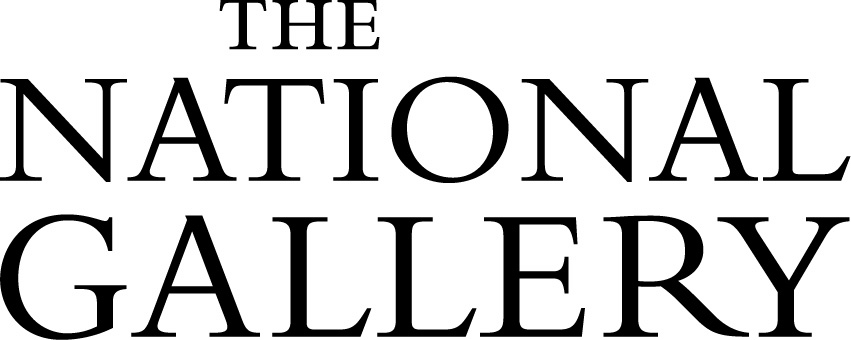London and the Emergence of a European Art Market (c. 1780-1820)
The National Gallery, London, June 21 – 22, 2013
Deadline: Feb 15, 2013
The French Revolution and the ensuing Napoleonic Wars with occupations of Italy, Spain and the Low Countries, instigated a sweeping redistribution of art. At the same time, the Papacy’s loss of temporal power undermined the enforcement of export laws in the Papal States. This convergence of events ensured that large volumes of paintings—often entire collections, from European monasteries, churches, and private palaces—were widely dispersed via auction and private treaty sales in a true diaspora of art. Current scholarship posits that amidst these large-scale market transformations London emerged as the new hub of the international art trade, replacing Paris. The well-known example of the move of the Orléans collection to London, where it was sold through various private treaty transactions and a series of auctions between 1798 and 1802, is often considered a pars pro toto for the British assumption of power on the international art market.
While some studies have begun to address the velocity and scale of this redistribution, little has been done to analyze the dynamic networks of agents who provided the infrastructure for the circulation of art works and sales information throughout Europe. Economist Neil de Marchi recently pointed out that the financial market linking crucial centers such as Amsterdam, London, and Paris has been studied in depth, but comparable research into the “mechanism of the painting trade and the extent to which it was integrated across those centers has barely begun.” This conference aspires to tackle this issue by convening scholars and experts from a range of disciplines to discuss broad research questions such as: Did the long-term effects of the political turmoil in France alter the existing personal and professional networks of dealers and connoisseurs? What would have been the motivations to ship art works to foreign market places? How integrated was the European art market around 1800, or were there still relatively independent local markets? Was there an implied hierarchy of metropolitan markets or were conditions too volatile and fluid for fixed patterns to emerge?
Given the vast amount of historical evidence now available to scholars, we have the capacity to address these micro and macro developments in innovative ways. Over the last two years the National Gallery, London, and the Getty Research Institute, Los Angeles, have collaborated on a project to research, transcribe, and index auction catalogues published in Great Britain between 1780 and 1800. By January 2013, almost 100,000 new sales records from c. 1,200 catalogues will be published online, via the Getty Provenance Index® databases. This will add significantly and strategically to the already extant data-pool of approximately half a million records from British, French, German, Dutch, Belgian, and Scandinavian Sales, spanning the period of c. 1780 to 1820.
One of the main objectives of this international conference is to work towards a methodological synergy of art historical case studies and data-driven socioeconomic analysis in order to understand better the mechanisms of the international art trade at this pivotal period as well as the long-term implications for the history of collecting, the establishment of museums, and the formation of the discipline of art history.
Topics for consideration include, but are not limited to:
– ARTWORKS Cross-border traffic of objects (cultural transfers, customs regulations, arbitrage, etc.) and its effect on the formation of private and public collections.
– AGENTS Market integration throughout Europe (national/transnational dealer networks, centre and periphery, impact of revolution and war, etc.)
– INFORMATION Auction catalogues as economic tool and literary genre (classification systems, lot sequence, transparency, connoisseurship, etc.)
– VALUES Idea of art as an investment (different national canons and currencies, growth of investment-minded collectors, ascendancy of the banker as a key player, price manipulation, etc.)
Please send proposals for papers (to last 30 minutes) of no more than 250 words by 15 February 2013 to either/both:
Susanna Avery-Quash
Research Curator in the History of Collecting and Display
The National Gallery, London
susanna.avery-quash@ng-london.org.uk
Christian Huemer
Managing Editor, Project for the Study of Collecting and Provenance
The Getty Research Institute, Los Angeles
chuemer@getty.edu


Leave a Reply
You must be logged in to post a comment.